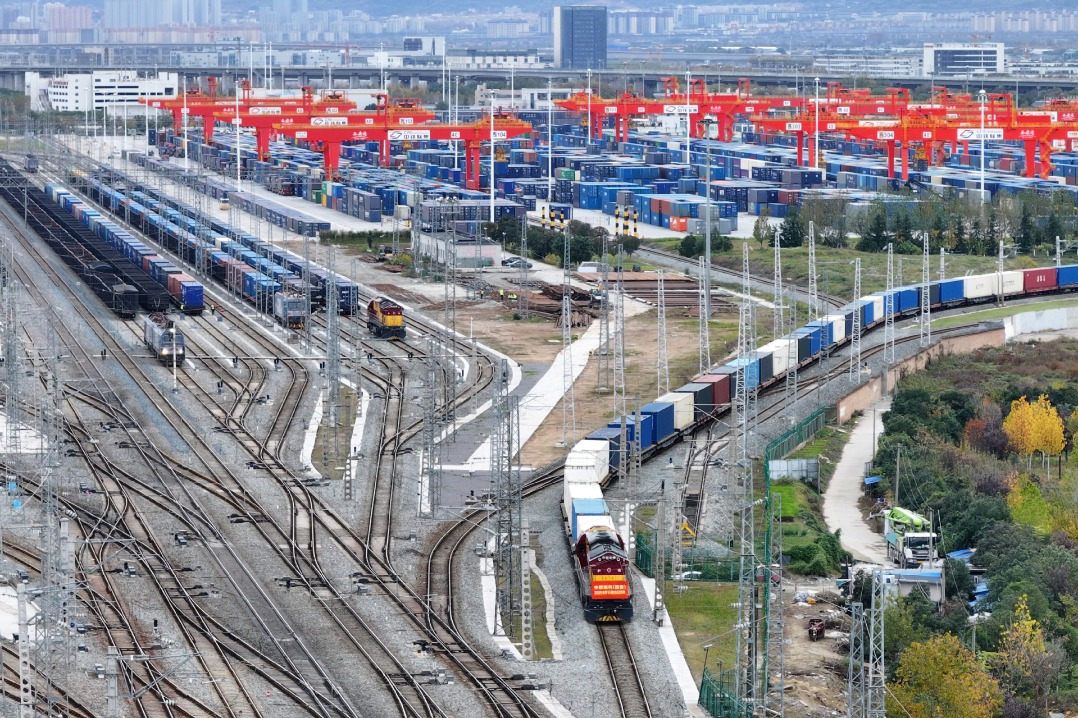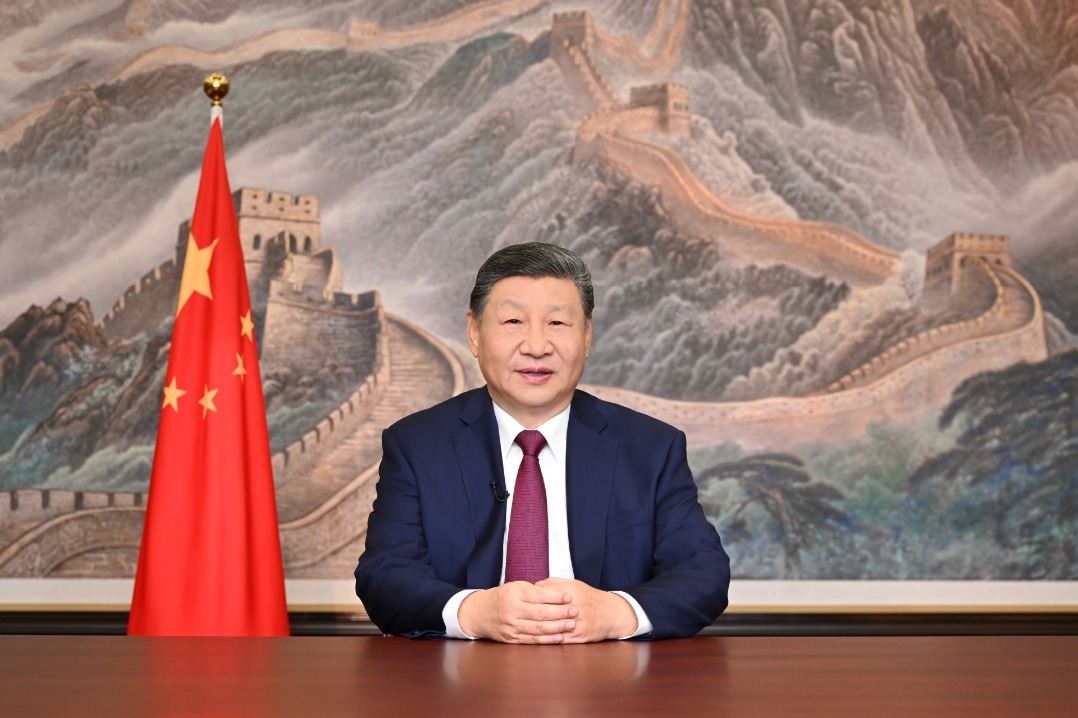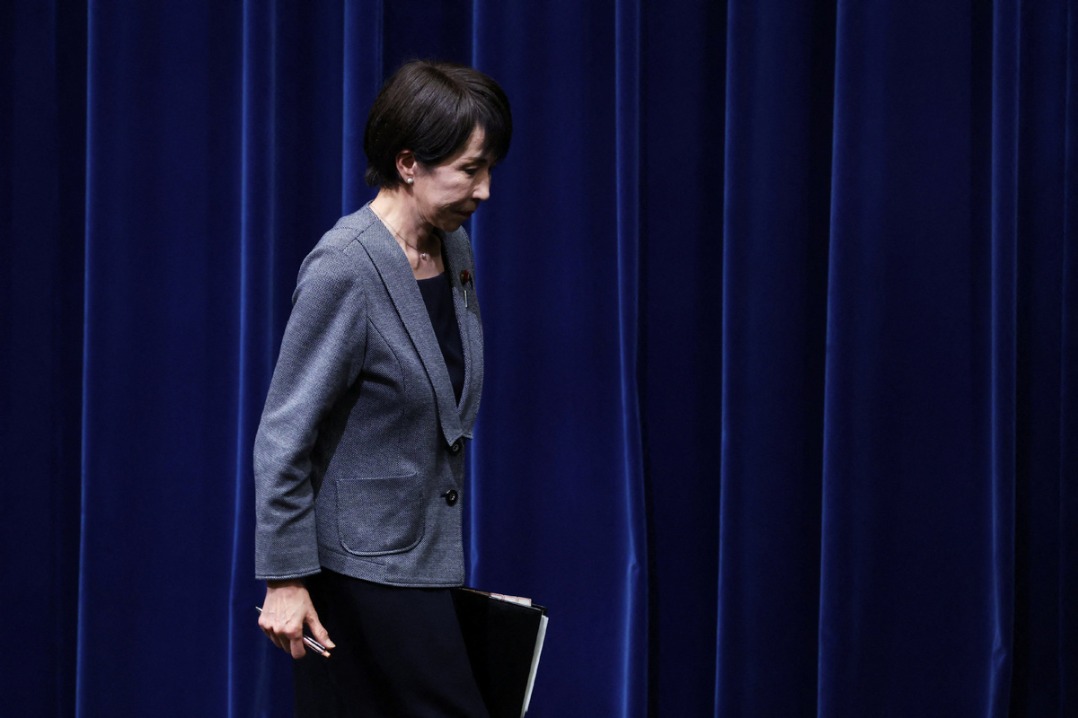Slowdown will help improve growth quality


The global economy was full of uncertainties last year, with the decline in stock markets, and volatility in foreign currency and bond markets leaving investors worried worldwide. In US dollar exchange rate terms, the World Bank calculated global economic growth to be 2.9 percent in 2018 while the International Monetary Fund said it would be 3.0 percent. Either way, global economic growth in 2018 would be higher than the average growth in the past years, suggesting the world economy is still growing.
For this year, so far no major international organization has forecast negative growth or economic recession.
So when all the forecasts say the world economy will continue to grow, why is the market sentiment is so gloomy and pessimistic? Because of uncertainties.
True, the world economy is still growing. But the growth rate is expected to fall owing to the slowdown in growth in the two largest economies, China and the US. Actually, the US' economic growth will gradually decline after peaking in 2018, which also saw the release of all the benefits of the tax cuts. Still, the United States' GDP growth rate in 2018 is expected to be 2.9 percent, the highest in recent years.
International organizations predict the US growth rate will decline to 2.5 percent this year, but the US Federal Reserve's forecast is more pessimistic: 2.3 percent. The decline in the US economic growth rate from 2.9 percent to 2.5 percent, let alone 2.3 percent, will certainly put downward pressure on the world economy.
As for China, last year its GDP exceeded 90 trillion yuan ($13.28 trillion) for the first time thanks to a growth rate of 6.6 percent. For this year, I suppose China's economy will decline a little in the first quarter only to stabilize in the second, and improve in the third and fourth quarters. I agree with the Organization for Economic Cooperation and Development's December forecast that China's GDP growth rate in 2019 will be 6.3 percent, which is pretty good given the increase would still be huge considering the size of the Chinese economy.
The slowdown in the two largest economies' growth rates will have a big impact on the world economy, not least because they contributed to 51 percent of global economic growth in 2018. Nevertheless, as long as the Chinese and US economies keep performing even relatively well, the world economy is not likely to suffer a major crisis.
Many people are worried that 2019 could be a year of crisis for emerging economies, but I expect it to be more stable than 2018, because the external environment is not so severe and uncertainties not as many.
First, there is optimism that the ongoing China-US trade negotiations will end in a deal, which has brought some relief to the market. Moreover, to mark the 40th anniversary of reform and opening-up, China launched many fundamental institutional reforms in 2018, demonstrating that it remains committed to further opening up its economy to the outside world.
As such the two largest economies should not take any action that could jeopardize the prospects of the global economy. Instead, they should bear in mind that, by resolving their trade disputes, they could actively promote reform in the World Trade Organization.
Second, the certainty of the US making macro policy adjustment, including the Fed's interest rate hike, has increased, which in turn would make the emerging economies more confident that they can avoid an economic crisis.
Third, the Fed's interest rate hike and the decline of the US stock market is not a bad thing, because the US' economic growth has lasted 121 months, and the stock market is overheated. If the economy continues to rise, it will probably result in a financial crisis.
China's economic growth is gradually slowing down, with its macroeconomic policy changing to counter-cyclical policy. Yet the downward growth trend is reasonable, as deleveraging, de-stocking and reducing overcapacity all lead to economic slowdown. In addition, China also has to change its environmentally unfriendly economic development model to an eco-friendly one.
That China has to solve the environmental, overcapacity, deleveraging and de-stocking and other problems in only a few years suggests the slowdown in growth is inevitable. And once these problems have been addressed, the quality of economic growth will improve.
The author is a senior researcher in the world economy at the China Institutes of Contemporary International Relations.


































